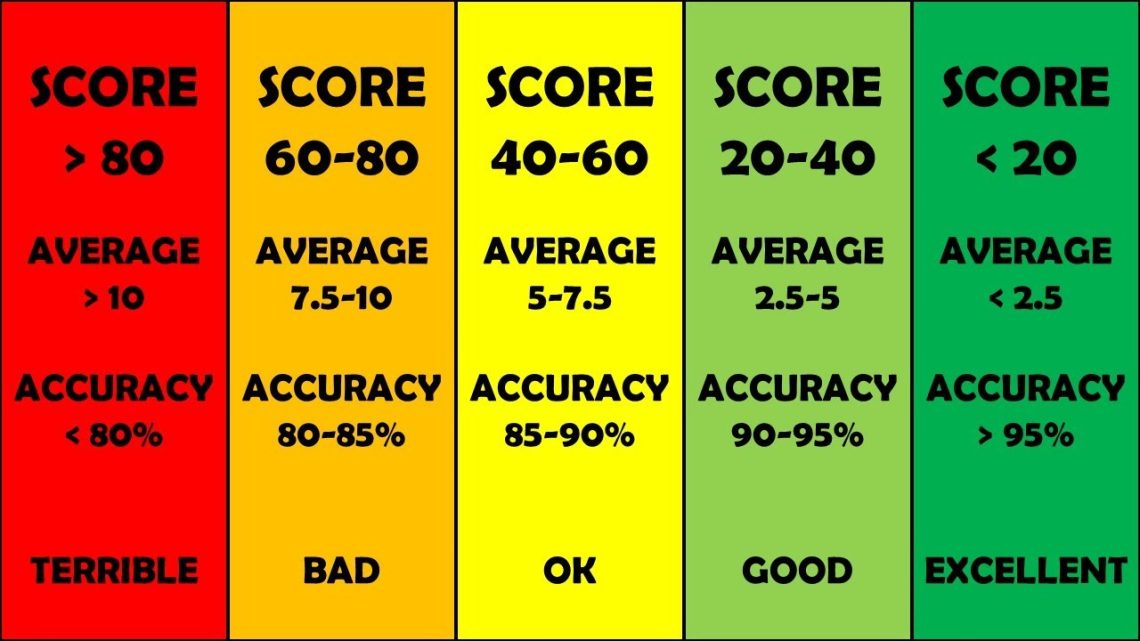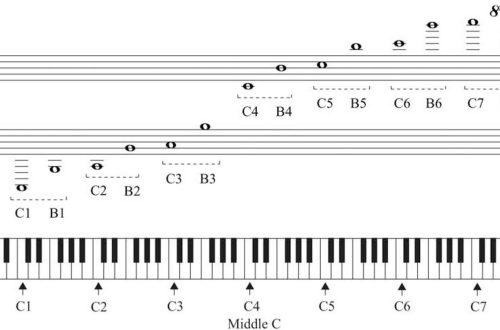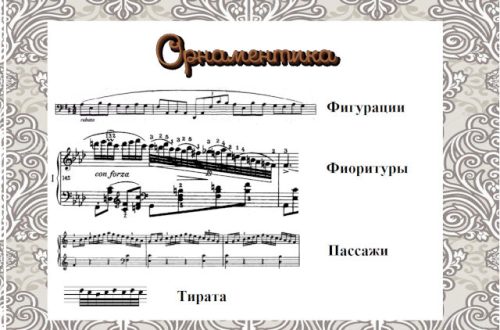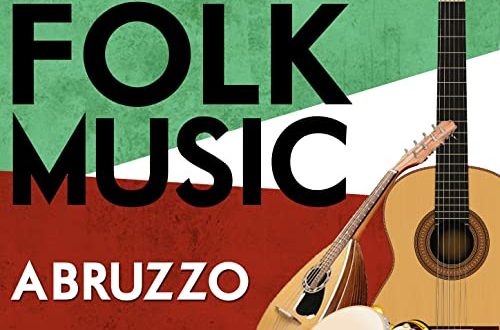
Sense of rhythm: what is it and how to check it?
Contents
The concept of “sense of rhythm” in musical terms has a very simple definition. Rhythm Sense is the ability to sense musical time and capture events that occur during that time.
What is musical time? This is a uniform beating of the pulse, a uniform alternation of strong and weak shares in it. Many have never even thought about the fact that the music of some piece for an instrument or a song is permeated through and through with some kind of single movement. Meanwhile, it is from this single movement, from the frequency of the pulse beats that the tempo of the music depends, that is, its speed – whether it will be fast or slow.
MORE ABOUT THE MUSICAL PULSE AND METER – READ HERE
And what are the events of musical time? This is what is called the word rhythm – a sequence of sounds, different in duration – long or short. Rhythm always obeys the pulse. Therefore, a good sense of rhythm is always based on the feeling of a live “musical heartbeat”.
MORE ABOUT THE DURATION OF NOTES – READ HERE
In general, the sense of rhythm is not a purely musical concept, it is something that is born by nature itself. After all, everything in the world is rhythmic: the change of day and night, seasons, etc. And look at the flowers! Why do daisies have such beautifully arranged white petals? All these are the phenomena of rhythm, and they are familiar to everyone and everyone feels them.

How to check the sense of rhythm in a child or an adult?
First, a few introductory words, and then we will talk about traditional and non-traditional verification methods, their pros and cons. It is best to check the sense of rhythm not alone, but in pairs (a child and an adult or an adult and his friend). Why? Because it is difficult for us to give an objective assessment of ourselves: we can either underestimate or overestimate ourselves. Therefore, it is better if there is someone who checks, preferably musically educated.
What if we do not want to call anyone to listen to us? How then to check the sense of rhythm? In this case, you can record exercises on a dictaphone and then evaluate yourself, as it were, from the side of the recording.
Traditional Methods for Testing the Sense of Rhythm
Such checks are widely practiced at entrance exams to music schools and are considered universal. At first glance, they are very simple and objective, but, in our opinion, they still do not suit all adults and children without exception.
METHOD 1 “TAP THE RHYTHM”. The child, the future student, is offered to listen, and then repeat the rhythmic pattern, which is tapped with a pen or clapped. We suggest doing the same for you. Listen to a few rhythms played on various percussion instruments, and then tap them or clap your hands, you can just hum in syllables like “tam ta ta tam tam tam”.
Examples of rhythmic patterns for listening:
This method of detecting rhythmic hearing cannot be called ideal. The fact is that many children do not cope with the task. And not because they do not have a developed sense of rhythm, but in simple confusion: after all, they are asked to demonstrate something that they have never done in their lives, sometimes they do not understand at all what they want to hear from them. It turns out that they have not taught anything yet, but they ask. Is this the case?
Therefore, if the child or the tested adult coped with the task, this is good, and if not, then this does not mean anything. Other methods are needed.
METHOD 2 “SING A SONG”. The child is offered to sing any familiar song, the simplest. Most often at auditions, the song “A Christmas Tree was Born in the Forest” sounds. So you try to sing your favorite song to the recorder, and then compare it with the original sound – are there many discrepancies?
Of course, when they are asked to sing something, the purpose of the test is, first of all, melodic hearing, that is, pitch. But since melody is inconceivable without rhythm, the sense of rhythm, therefore, can be tested by singing.
However, this method does not always work. Why? The fact is that not all children can immediately pick up and sing like that. Some are shy, others do not yet have coordination between voice and hearing. And again the same story turns out: they ask what has not yet been taught.
New Methods for Testing the Sense of Rhythm
Since the common methods for diagnosing a sense of rhythm cannot always provide material for analysis, and, therefore, in certain situations turn out to be unsuitable for testing hearing, we offer several more “spare”, non-traditional testing methods, at least one of them should suit you.
METHOD 3 “TELL A POEM”. This method of testing the sense of rhythm is perhaps the most accessible for children. You need to ask the child to read a short passage (2-4 lines) of any poem (preferably a simple, children’s one). For example, let it be the famous “Our Tanya cries loudly” by Agnia Barto.
It is better to read the verse measuredly – not very fast, but not slowly, that is, at an average pace. At the same time, the child is given the task: to mark each syllable of the poem with a clap of his hands: to tell and clap his hands in the rhythm of the verse.
After reading aloud, you can give a more difficult task: read mentally to yourself and only clap your hands. This is where it should become clear how developed the rhythmic feeling is.
If the result of the exercise is positive, you can further complicate the task: bring the child to the piano, point out any two adjacent keys on it in the middle register and ask them to “compose a song”, that is, recite a rhyme and select a melody on two notes so that the melody retains the rhythm of the verse.
METHOD 4 “BY DRAWING”. The following method characterizes mental understanding, awareness of the phenomena of rhythm in general in life. You need to ask the child to draw a picture, but be sure to indicate what exactly to draw: for example, a house and a fence.
After the subject completes the drawing, we analyze it. You need to evaluate according to such criteria: a sense of proportion and a sense of symmetry. If the child is fine with this, then the sense of rhythm can be developed in any case, even if it has not shown itself at the moment or at all, it seems that it is completely absent.
METHOD 5 “CHIEF OF THE REGIMENT”. In this case, the sense of rhythm is assessed by how the child commands the march or any of the simplest physical exercises from charging. First, you can ask the child himself to march, and then invite him to lead the march in a “system” of parents and members of the examination committee.
Thus, we have considered with you as many as five ways to test the sense of rhythm. If they are applied in combination, then as a result you can get a good picture of the degree of development of this feeling. We will talk about how to develop a sense of rhythm in the next issue. See you soon!





